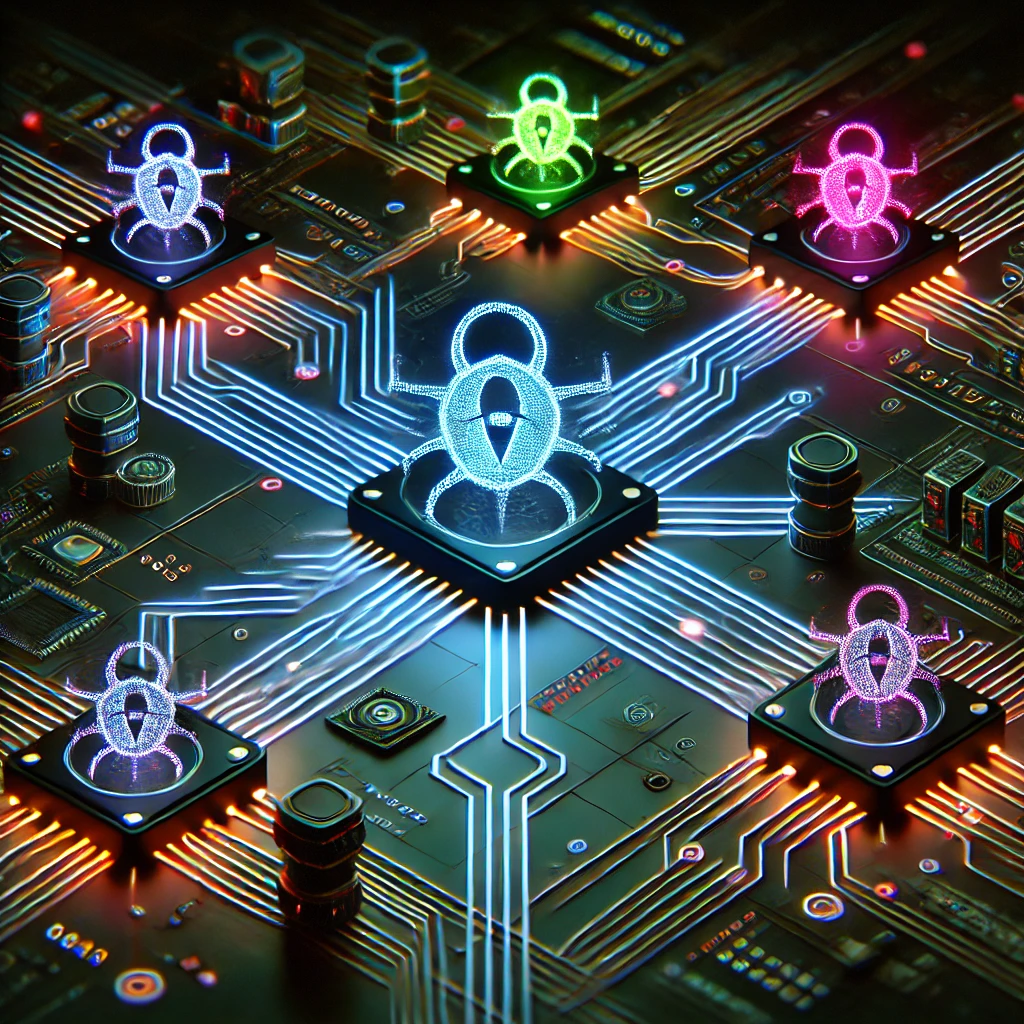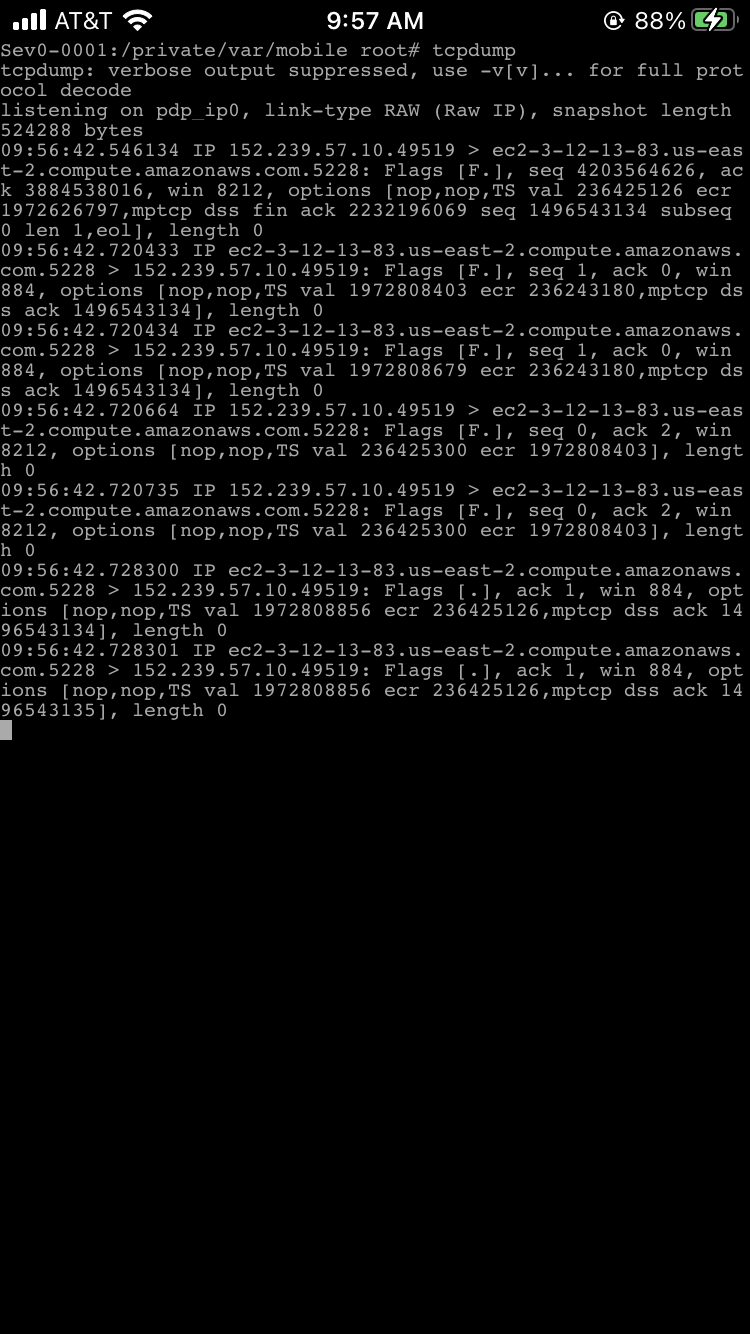Lateral movement is one of the most dangerous tactics attackers use once they gain a foothold in an organization’s network. This method allows them to navigate from one system to another, potentially compromising critical data and resources without raising alarms. The best way to counter and identify the presence of this threat vector is through proactive strategies like penetration testing and continuous monitoring. At Severity Zero, we specialize in identifying the vulnerabilities that enable lateral movement and work with organizations to strengthen their security posture through expert led testing.
What is Lateral Movement, and Why is it So Dangerous?
Lateral movement refers to an attacker’s ability to navigate, or pivot through a compromised network to access other systems and sensitive data. Once inside, they can explore the network, exploiting weaknesses to escalate privileges or expand their control. This often occurs without detection, making it one of the most challenging attack strategies to counter.
For organizations, the risks of lateral movement are significant. It allows attackers to:
- Access high-value assets that might otherwise be protected by traditional perimeter defenses.
- Prolong their stay within a network, increasing the chances of finding sensitive data or resources.
- Bypass defenses by exploiting trusted connections between systems.
How Can Organizations Reduce the Risk of Lateral Movement?
To protect against lateral movement, organizations must adopt a proactive security approach. This includes routine penetration testing and continuous monitoring. These methods help to identify weaknesses, locate vulnerabilities, test exploitability, and mitigate risks before attackers can exploit them.
Penetration Testing: Simulating Real-World Attacks
Penetration testing is a great way to identify pathways attackers could use to move laterally. At Severity Zero, our team simulates real-world attack scenarios, assessing systems, applications, and network configurations for vulnerabilities.
During a penetration test, we focus on uncovering issues that could lead to lateral movement, such as:
- Outdated systems that may have known vulnerabilities.
- Weak passwords or poor password management practices.
- Misconfigured network permissions that provide attackers with more access than necessary.
This process allows us to uncover potential pathways an attacker could exploit, giving organizations a roadmap to fortify these weak spots and reduce the overall risk of compromise.
Continuous Monitoring: Staying One Step Ahead
Continuous monitoring provides organizations with real-time visibility into their security posture, making it easier to detect and respond to threats before they lead to lateral movement. By using tools and techniques that provide ongoing insights, Severity Zero helps organizations maintain control over their network, even as threats evolve.
Our continuous monitoring approach includes:
- Vulnerability assessments to track potential weaknesses in real-time.
- Network and endpoint monitoring to detect suspicious activity early.
- Patch management tracking to ensure systems are updated and protected.
- EDR/XDR and other endpoint technologies to identify and thwart attacks.
By constantly monitoring an organization’s environment, we help detect suspicious activity that could indicate lateral movement, allowing for a faster and more effective response.
Tools and Techniques to Combat Lateral Movement
At Severity Zero, we use a suite of advanced tools to identify vulnerabilities that may lead to lateral movement:
- Endpoint Detection and Response (EDR) and Extended Detection and Response (XDR) Solutions: EDR and XDR tools are essential for detecting and responding to suspicious behavior across endpoints and beyond, covering network, cloud, and other assets where threats might emerge. EDR focuses on endpoints specifically, identifying suspicious behaviors and early signs of compromise, while XDR takes a broader approach, providing deeper visibility across the entire ecosystem. By monitoring these environments, we can detect early signs of compromise and respond to potential lateral movement before attackers can gain further access.
- Network Segmentation Audits: Segmentation is a key strategy to prevent lateral movement by isolating critical systems from general access networks. Our audits evaluate network structure, identifying areas where segmentation could limit an attacker’s movement.
- Vulnerability Scanners: Outdated or unpatched systems are prime targets for attackers. We employ tools to scan for outdated software, third-party components, and weak configurations that could enable lateral movement.
- Patch Management Tools: Outdated third-party components and operating systems are often exploited in lateral movement attacks. Our patch management reviews ensure organizations keep their systems up-to-date and protected.
- Privilege Auditing Tools: By regularly auditing user privileges and enforcing least-privilege policies, organizations can reduce the risk of an attacker escalating privileges and moving laterally.
Real-World Examples of Vulnerabilities Leading to Lateral Movement
At Severity Zero, we often encounter vulnerabilities that attackers could leverage for lateral movement, such as:
- Outdated 3rd-party components: Attackers often exploit vulnerabilities in third-party libraries or software to gain initial access, then use these footholds to pivot throughout the network.
- Insufficiently patched systems: Systems lacking the latest security patches are vulnerable to exploitation, allowing attackers to move laterally and access more sensitive data.
- Weak authentication controls: Inadequate access management practices can give attackers the privileges they need to explore other parts of a network.
Why Partner with Severity Zero?
Organizations face an increasing volume of cyber threats, but with the right tools and proactive security measures, it is possible to stay ahead of attackers. Severity Zero offers a comprehensive approach, from penetration testing to continuous monitoring, that uncovers and mitigates vulnerabilities leading to lateral movement.
Through our security assessments and ongoing monitoring, we help organizations maintain a secure environment and protect their most critical assets.
Don’t wait until an attacker has a foothold in your network—reach out to Severity Zero today to learn how we can help protect your organization from the hidden dangers of lateral movement.
Enter Severity Zero
Lateral movement can lead to devastating breaches, but proactive measures can significantly reduce this risk. Penetration testing and continuous monitoring are essential tools for any organization looking to protect its network. By partnering with Severity Zero, organizations gain access to expert insights and advanced tools designed to detect and eliminate the vulnerabilities that attackers rely on.







